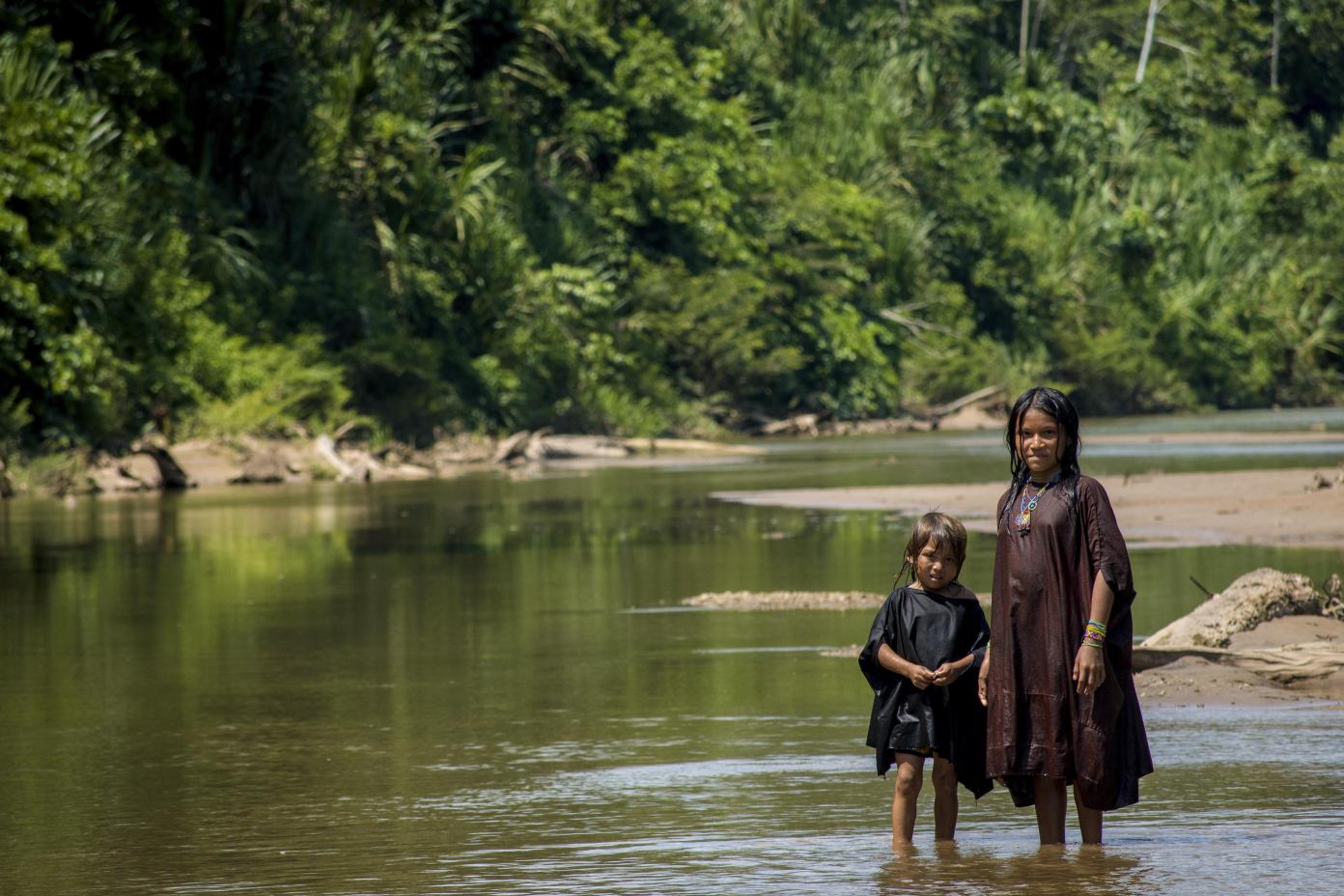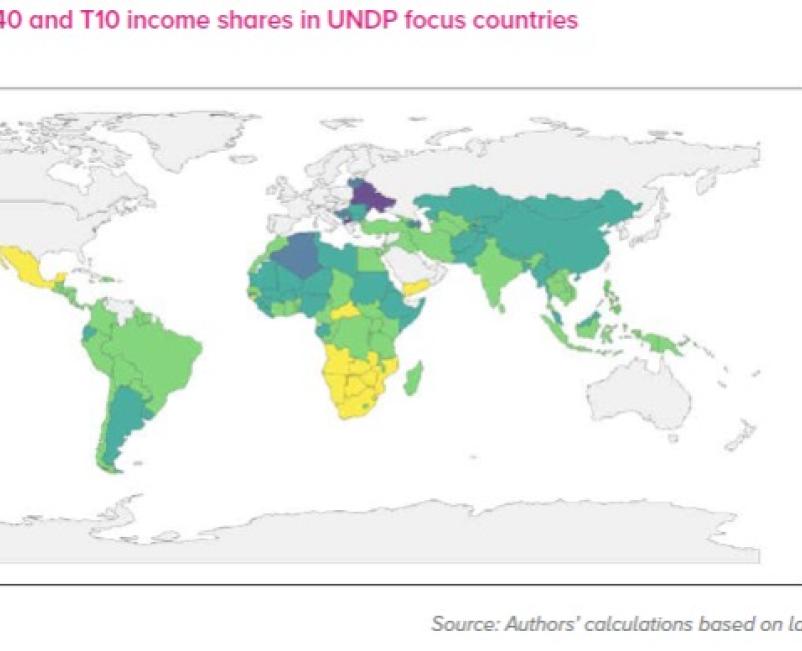One striking feature of the COVID-19 pandemic is that inequalities within countries are now greater than those observed between countries. For the lives experienced by many this implies that they are excluded from basic services such as adequate healthcare, education as well as access to the internet. The bottom 40 percent are truly left behind – contrary to what was promised by the “Leave No One Behind” pledge of the 2030 Agenda.
In India where about 370 million people were living in multidimensional poverty before the pandemic, schools have been closed in most states since April 2020. So for almost two years now, many children in often already marginalized households could not only not attend school at all (or only intermittently) they also couldn’t benefit from nutritious school meals. As a result, a large proportion of children have not only missed out on vital years of schooling at a crucial age but also on an important meal of the day, a meal many parents cannot provide at home. In the meantime, a lucky few children have been able to enjoy almost uninterrupted schooling from the comfort of their homes via online classes. While this came at a huge cost for many families, they were at least able to do so, while millions of children have been simply left out. Similar scenarios of a visibly widening gap in entitlements can be painted for access to primary healthcare and vaccines and other basic services, not only in India but across the developing world as well as within richer countries.
Particularly vulnerable and marginalized groups – in terms of religious affiliation, caste, gender, or age – have been left behind further because of the socio-economic effects of the pandemic. Gender disparities have widened and gender-based violence has increased. UNDP’s Global Gender Response Tracker highlights that much of the pandemic response by governments has been gender-blind too, as less than one-fifth of the support was led by and geared towards women. Many advancements of the last decades in reducing poverty and horizontal inequalities between groups, such as gender equality have been halted, if not reversed. This is hugely concerning and requires bold actions in the field of human development so that the promise of leaving nobody behind can be met.
Inequalities of opportunities, such as the mere circumstance of being born into a marginalized group within a poor country, are profoundly shaping how people experience the pandemic and its aftermath. This is nowhere starker to be seen than in vaccine access. Whereas 62 percent of the world’s rich population is now vaccinated, in low-income countries only one in 10 people are vaccinated, not out of choice but due to limited supply. While developed countries have been able to roll out large-scale assistance packages with stimulus spending of nearly US$10,000 per capita, a person living in any of the 46 least developed countries witnessed only US$20 per capita on average. Being born in a poor country clearly comes as a disadvantage in terms of the capability to live a long and healthy life. Following Amartya Sen’s foundational ideas on advancing capabilities rather than just average income or GDP, the widening inequalities in spheres that determine the quality of life are not only important to note but should be acted upon urgently.
One way of going beyond average income is to dissect and track the different parts of a country’s income contribution and monitor progress of the bottom 40 percent – after all, a major goal of the Sustainable Development Goals (SDGs) is to see faster growth for the bottom 40 percent. Unfortunately, our recent analysis shows that the bottom 40 percent are indeed further away than we thought before. The income shares earned by the top decile is also larger than expected.

 Locations
Locations

